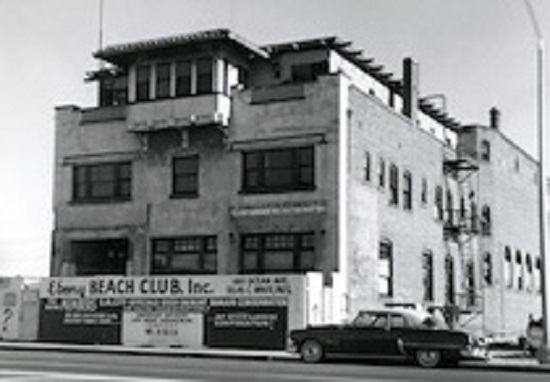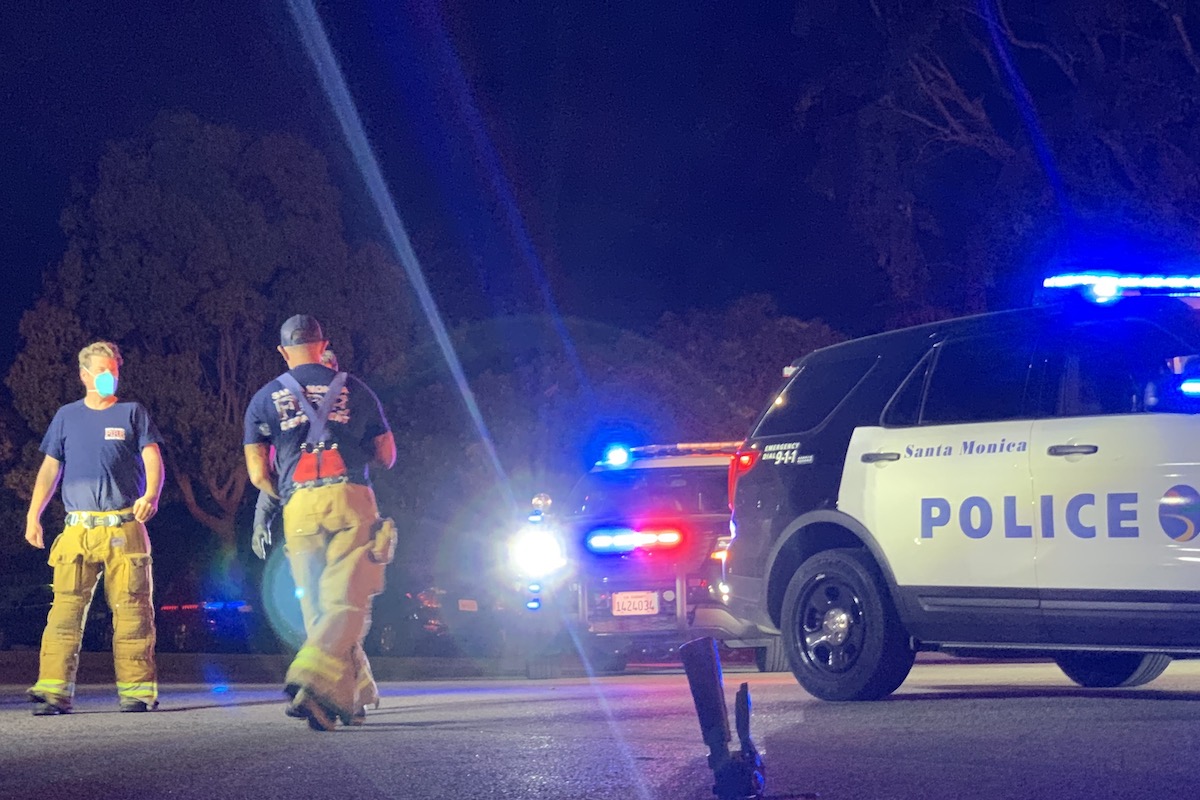The Ebony Beach Club case has become a focal point of Santa Monica’s growing reparative justice efforts
The Santa Monica City Council on Tuesday will consider how to move forward with claims from the family of the late Silas White, a Black entrepreneur whose vision for a Black-owned beach club was derailed in the 1950s when the city seized the land through eminent domain.
The property in question—now part of the leasehold for the Viceroy Hotel at 1811 Ocean Ave.—was originally intended to house the Ebony Beach Club, a social club created to serve Black residents who faced exclusion from local beaches during the era of segregation. White had entered into a lease-to-own agreement in 1957 and had made early investments before the City filed to condemn the land in 1958.
The council will review a staff report and materials compiled by the City Attorney’s Office, which detail the legal and historical context of the case, and will be asked to provide direction on how to proceed. City staff is recommending that Santa Monica offer to enter mediation with White’s descendants, with the City covering up to $15,000 in mediation costs.
“This is not just about a single parcel of land,” the staff report states. “It brings into focus a broader pattern of redevelopment decisions that disproportionately harmed communities of color in Santa Monica.”
While White’s nonprofit—Ebony Beach Club Inc.—never formally owned the land, staff acknowledged that he invested in property improvements and launched membership drives before the city’s condemnation halted progress. Court records from 1959 show the city paid $74,000 to the property’s then-owner, but the club never opened, and White died three years later.
The White family, alongside the nonprofit Where Is My Land, has called on the city to return the land or offer financial compensation. Their case has drawn comparisons to Bruce’s Beach in Manhattan Beach, where Los Angeles County recently returned land to the descendants of Black landowners who had been displaced by similar means in the 1920s.
The Ebony Beach Club case has become a focal point of Santa Monica’s growing reparative justice efforts. In April, the city launched a Landback & Reparations Task Force to study past harms and develop recommendations for restitution, supported by Santa Monica’s Diversity, Equity, and Inclusion Team.













